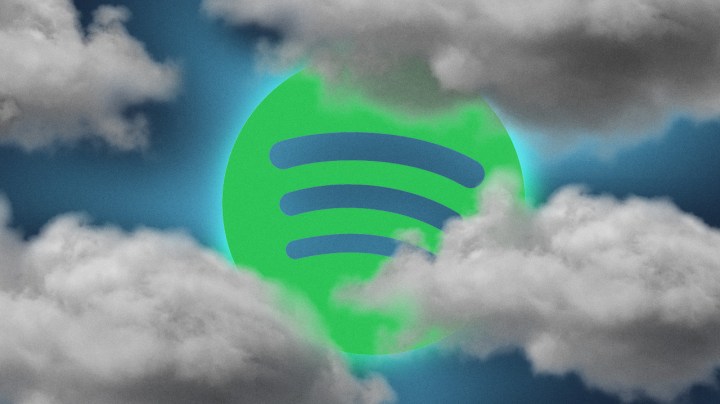Spotify Tries To Move Toward More Transparency With New ‘Loud & Clear’ Website, but Is It Enough?

Art by Stephany Torres for Remezcla.
Two days ago, the Union of Musicians and Allied Workers took the #JusticeAtSpotify campaign to the streets in demonstrations orchestrated at Spotify offices in 31 cities around the world. Now, the streaming giant has responded with a new initiative aimed at increasing transparency and shedding light on business practices that have remained largely obscure to artists and general audiences.
Calls for more transparency and fair compensation have grown louder, particularly because of the pandemic and the impact Covid-19 has had on the music industry. As a response to #JusticeAtSpotify, the company unveiled Loud & Clear, an interactive website that uses data, clear language, and other resources to break down Spotify’s royalty system, depicting how artists get paid and how the streaming ecosystem works overall. It offers a look at the revenue generated on the platform. Last year, for example, Spotify says it paid more than $23 billion in royalties to rights holders. It also notes that more than 1.2 million artists broke the 1,000-listener barrier, and 551,000 tracks reached over a million streams, all numbers used to gauge an artist’s popularity in the broader music marketplace context.
The website doesn’t mention Spotify’s “per-stream” rate; reports estimate this is about $0.0038, which has been widely criticized since it’s lower than other streaming services. Spotify has instead brushed off the need to share the rate, saying, “In the streaming era, fans do not pay per song and services do not pay per stream, so we don’t believe a “per stream rate” is a meaningful number to analyze.” The company has also been emphatic about paying rights holders (labels, distributors, aggregators, etc.), who then split the money between artists and their team (management, legal, producers, etc.) according to their own agreements.
There’s also a simple explanation of their “pro-rata” payout system, where the money generated from paid subscriptions and ad revenue goes into a pool that’s split between all artists based on the streams generated individually —as opposed to the “fan-powered” royalties that are being implemented by SoundCloud starting April 1. There’s also no mention of Spotify’s deals with major labels that benefit big artists, or other rumored practices like payola on the platform’s curated playlists or algorithmic preferences that unlevel the playing field for smaller acts.
Loud & Clear gives a user-friendly glimpse into what goes on behind Spotify’s curtain and it shows the company has been listening—at least to some degree—to the UMAW’s demands, but it’s still too vague to be considered a fully transparent effort.